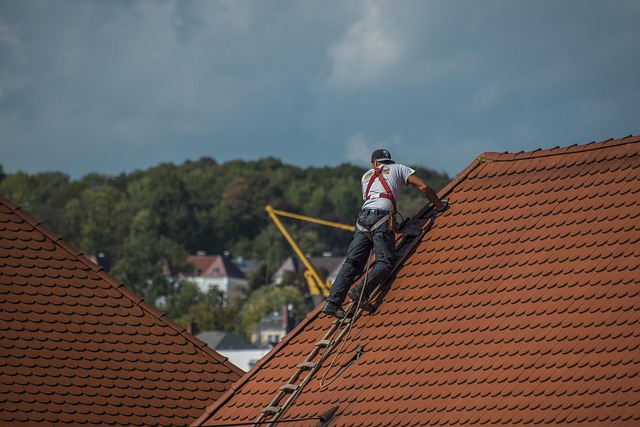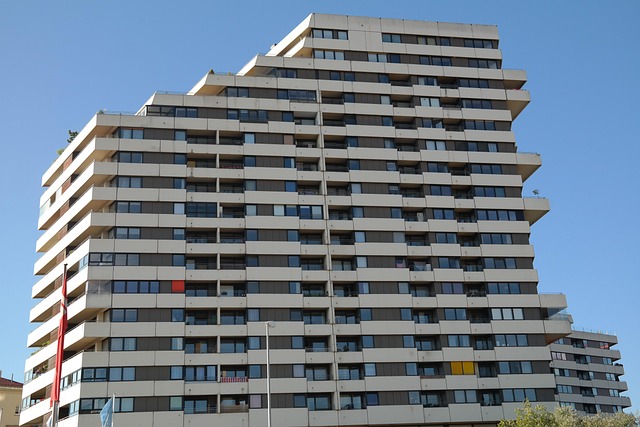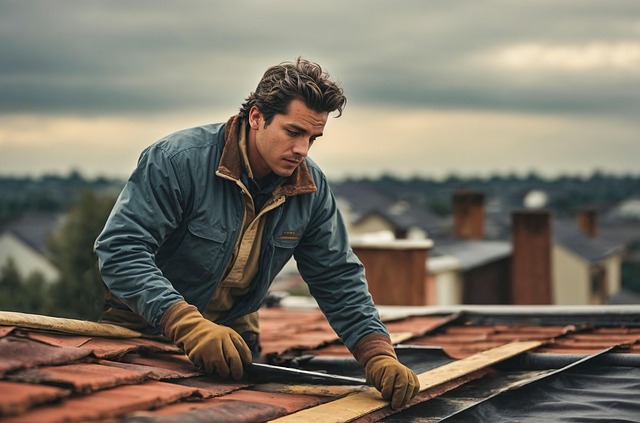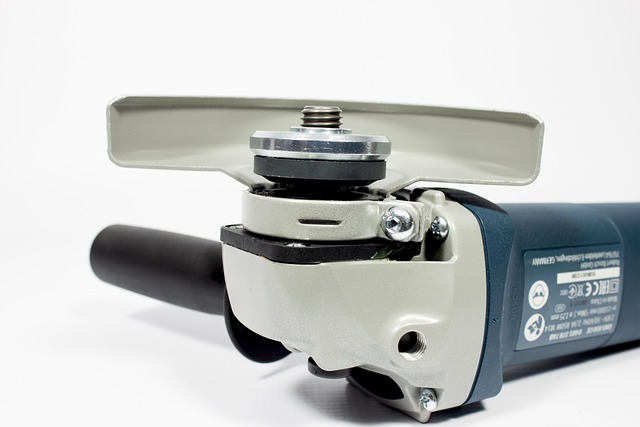Older Albany homes often face thermostat challenges with mechanical models lacking efficiency and precision control. Modern smart thermostats offer advanced features like programmability, remote access, and energy savings. Upgrading provides benefits like automated adjustments based on weather and family routines, reducing utility bills. Choosing the right thermostat requires compatibility checks, DIY capability, and professional installation guidance for seamless integration with AC systems. Albany residents can access 24/7 emergency support and same-day repairs from companies like The Radiant Store, Inc.
Considering thermostat replacement for your older home? You’re not alone. Many Albany homes rely on outdated thermostats, leading to inefficient temperature control and higher energy bills. This guide explores common issues with old thermostats, highlights benefits of upgrading to modern models, and provides a step-by-step guide to ensure successful thermostat repair Albany residents have come to expect. Discover how a new thermostat can transform your home’s comfort and energy savings.
- Understanding Your Older Home's Thermostat
- Common Issues with Outdated Thermostats
- Benefits of Upgrading to Modern Models
- Choosing the Right Thermostat for Your Home
- Step-by-Step Guide to Thermostat Replacement
Understanding Your Older Home's Thermostat

Before diving into a thermostat replacement for your older home, it’s crucial to understand the specific needs and capabilities of your existing system. Many older homes in Albany NY come equipped with traditional mechanical thermostats that rely on mercury or liquid-filled tubes. These models are often less energy efficient compared to modern alternatives and may struggle to maintain precise temperature control. If you’re considering a thermostat repair Albany or a complete replacement, understanding the age and type of your current thermostat is essential.
For instance, if your thermostat runs on battery power, it could be as simple as replacing the battery in thermostat Albany NY to get it functioning again. However, if your system is outdated, you might want to explore mobile thermostat repair booking Albany or even invest in a high-end smart home thermostat for enhanced control and energy savings. These modern thermostats often offer features like remote access through smartphone apps, customizable programming, and automatic temperature adjustments to help reduce energy consumption.
Common Issues with Outdated Thermostats
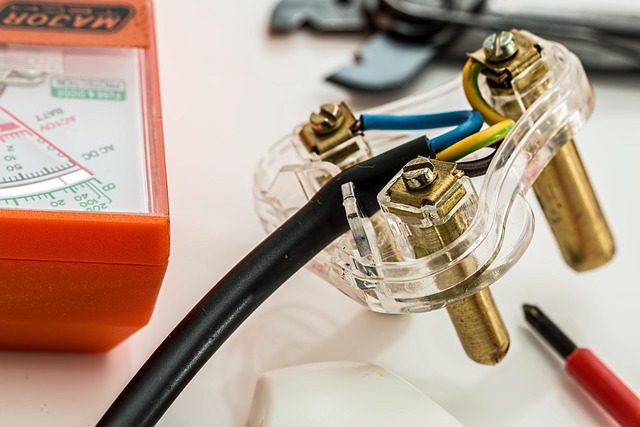
Outdated thermostats in older homes often present several issues that can impact both comfort and energy efficiency. One common problem is their limited programming capabilities, leading to manual adjustments for temperature settings throughout the day. This not only takes up valuable time but also increases the risk of errors, resulting in uncomfortable living conditions. Many older models lack advanced features like programmable or smart functionality, making it challenging to achieve consistent indoor temperatures.
Additionally, these traditional thermostats may be less accurate and responsive, leading to inefficiencies in heating and cooling systems. They often fail to adapt to changing weather conditions, causing the HVAC system to overwork or underperform. For homeowners in Albany seeking thermostat repair or replacement, 24/7 emergency support is available through companies like The Radiant Store, Inc., who can assist with both traditional and high-end smart home thermostats. By calling (518) 500-3131, residents can ensure their homes stay comfortable while optimizing energy usage.
Benefits of Upgrading to Modern Models
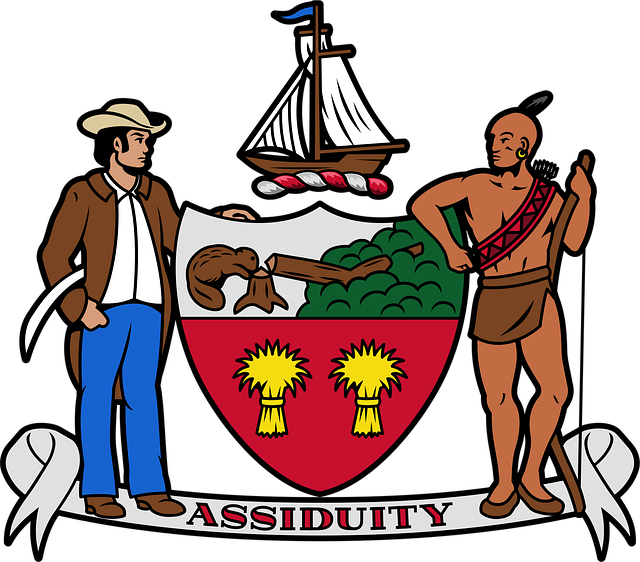
Upgrading to modern thermostats offers a multitude of advantages for older home owners in Albany seeking thermostat repair solutions. These innovative devices go beyond simple temperature control, incorporating advanced features that enhance comfort and energy efficiency. Smart thermostats, for instance, learn your family’s routines, automatically adjusting settings to save energy and lower utility bills. They also provide real-time data on heating and cooling usage, allowing you to make informed decisions about residential heating repairs.
When considering thermostat replacement, it’s crucial to ensure compatibility with your new AC system. Trustworthy thermostat installation pros in Albany can guide you through the process, selecting models that seamlessly integrate with modern HVAC systems. This not only ensures optimal performance but also opens doors to smart home integration, allowing control from your smartphone or voice assistant. Say goodbye to manual adjustments and hello to a more comfortable, energy-efficient home!
Choosing the Right Thermostat for Your Home

Choosing the right thermostat for your home is a crucial step in improving energy efficiency and comfort. In older homes, this decision becomes even more critical due to unique heating and cooling systems. When considering thermostat replacement in Albany NY, look beyond basic features. Modern thermostats offer advanced programming options tailored to historical building characteristics, ensuring optimal performance. They can learn your preferences and adjust settings accordingly, leading to significant energy savings.
For instance, a smart thermostat could be the perfect solution for 24/7 emergency thermostat support Albany residents need. With its remote access and app-based control, you can monitor and adjust temperature settings from anywhere. Additionally, these thermostats often come with detailed wiring repair guides, making DIY thermostat replacement in Albany NY more accessible for those looking to save on costs, like replacing the battery in a thermostat Albany NY.
Step-by-Step Guide to Thermostat Replacement

Replacing a thermostat in an older home is a relatively straightforward process that can significantly improve your heating and cooling efficiency. Here’s a step-by-step guide tailored for Albany residents looking to undertake this project themselves or understand the process for 24/7 emergency thermostat support:
1. Turn Off the Power: Before beginning, ensure all power to the thermostat is cut off at the main electrical panel. This safety measure prevents any accidents during installation.
2. Remove the Old Thermostat: Carefully unscrew and remove the old thermostat from the wall. Take note of how it was wired and positioned for reference later.
3. Prepare New Thermostat: Check that your new thermostat is compatible with your system, especially if you’re installing a smart thermostat that requires Wi-Fi or specific voltage requirements. Ensure compatibility with your AC unit in Albany, as this will dictate the type of thermostat you can use.
4. Wire the New Thermostat: Connect the wires from your new thermostat according to their function (heat, cool, fan). Use wire connectors for secure connections and ensure each wire is properly insulated.
5. Test the Connections: After wiring, double-check all connections for any loose or faulty wires. This step is crucial for efficient heating and cooling performance.
6. Set the Thermostat: Program the new thermostat according to your preferences. Test it by turning on the system to ensure it operates as expected.
7. Mount the Thermostat: Securely mount the new thermostat in its designated location, ensuring it’s easily accessible for future adjustments and maintenance.
8. Restore Power: Once everything is in place, restore power to the thermostat at the main panel.
For Albany residents, remember that same-day residential heating repairs and 24/7 emergency thermostat support are readily available from professional services.
Upgrading your home’s thermostat is a smart move, especially if you’re dealing with an older system. By choosing a modern thermostat, you can enjoy enhanced energy efficiency, better temperature control, and improved comfort in your Albany home. Say goodbye to frequent thermostat repairs and embrace a more sustainable and cost-effective heating and cooling experience. With the right model selected and a straightforward replacement process, you’ll soon reap the benefits of a smarter, more responsive climate control system.

